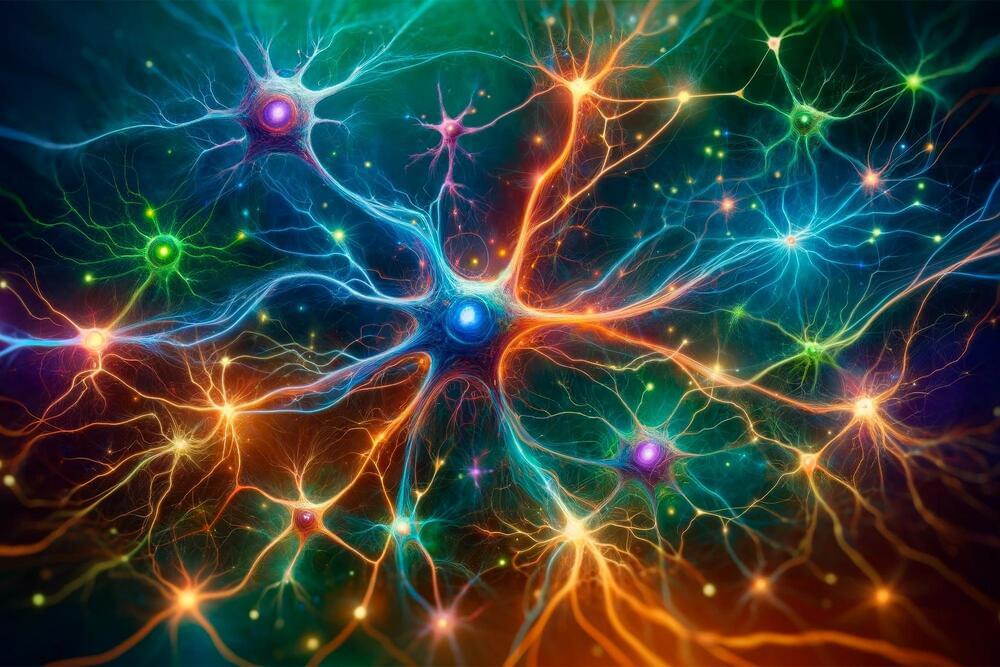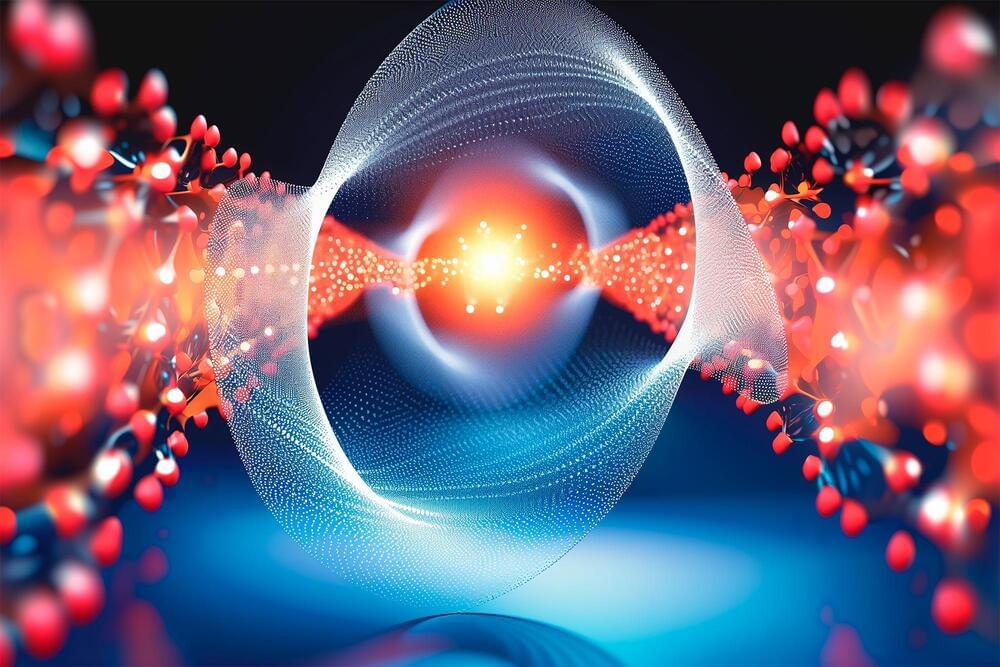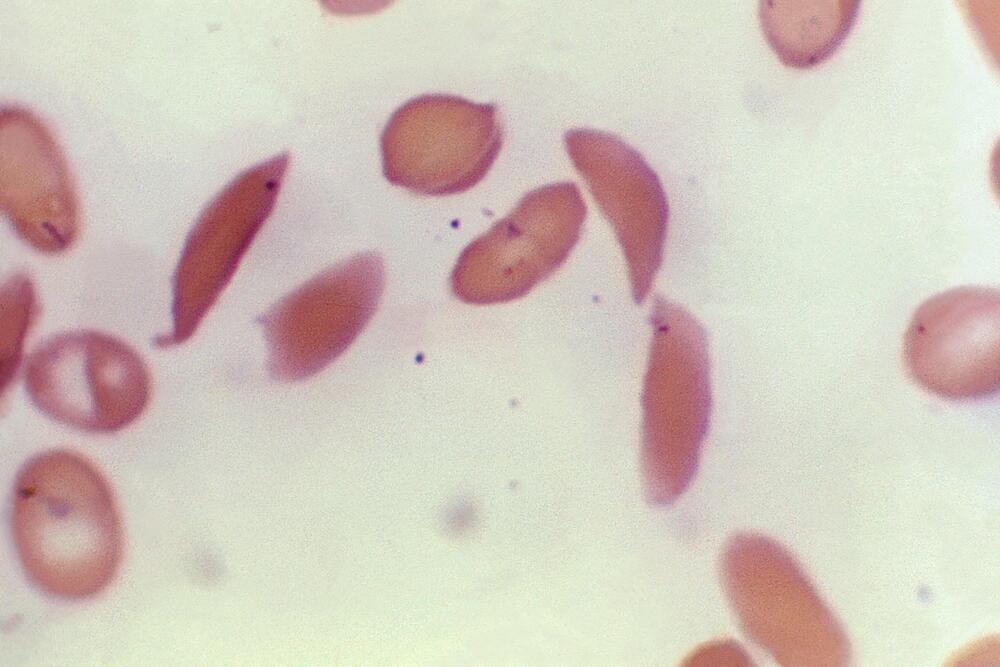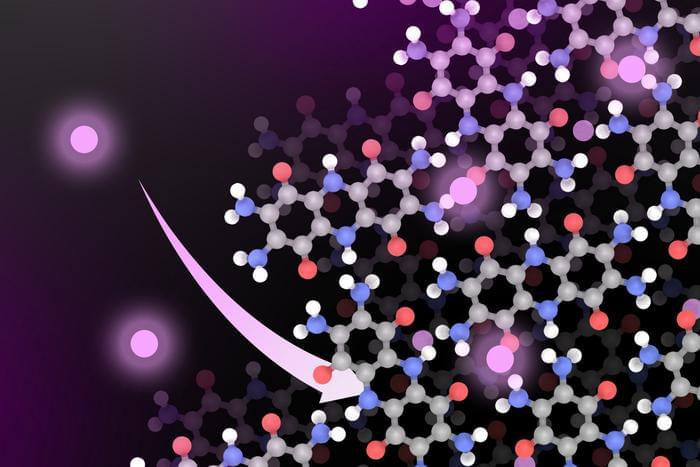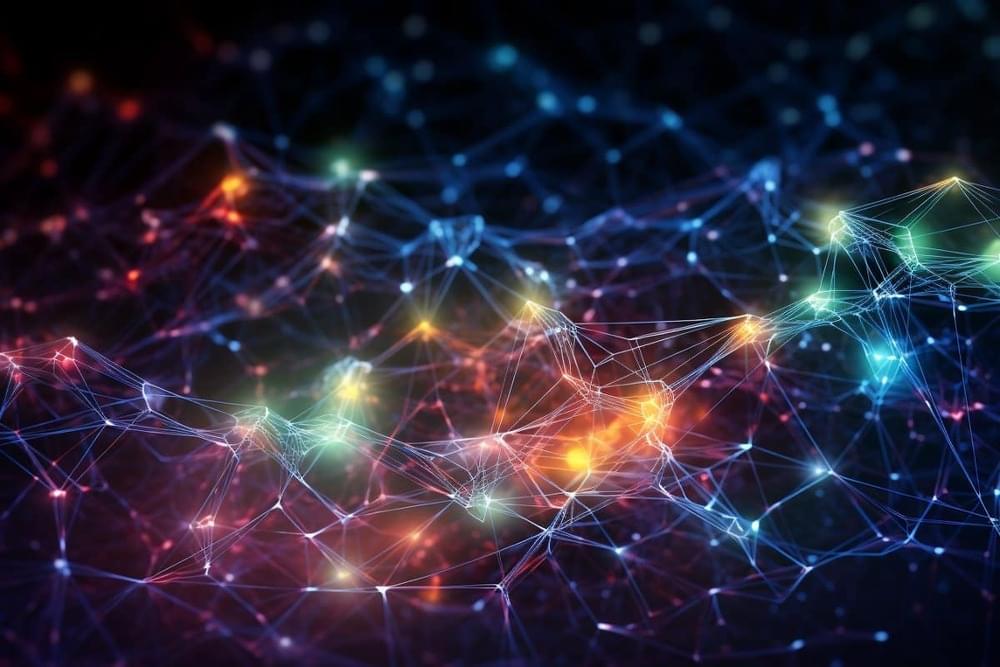“I think this material could have a big impact because it works really well,” said Dr. Mircea Dincă. “It is already competitive with incumbent technologies, and it can save a lot of the cost and pain and environmental issues related to mining the metals that currently go into batteries.”
Electric vehicles (EVs) have become a household name in the last few years with several companies fighting to compete in the everchanging EV landscape as EV technology continues to improve in cost, efficiency, and the materials used to manufacture the batteries responsible for sustaining this clean energy revolution. While EV batteries have traditionally used cobalt for their battery needs, a recent study published in ACS Central Science discusses how organic cathode materials could be used as a substitute for cobalt for lithium-ion batteries while potentially offering similar levels of storage capacity and charging capabilities, as cobalt has shown to be financially, environmentally, and socially expensive.
“Cobalt batteries can store a lot of energy, and they have all of features that people care about in terms of performance, but they have the issue of not being widely available, and the cost fluctuates broadly with commodity prices,” said Dr. Mircea Dincă, who is a W.M. Keck Professor of Energy at MIT and a co-author on the study.
For their study, the researchers constructed a layered organic cathode comprised of cellulose, rubber, and other Earth-based elements. The team then subjected their organic cathode to a variety of tests, including energy storage, delivery, and charging capabilities. In the end, they found their cathode’s capabilities exceed most cobalt-based cathodes, including a charge-discharge time of 6 minutes. Additionally, while battery cathodes are known for significant wear and tear due to cracking from the flow of lithium ions, the researchers noted that the rubber and cellulose materials helped extend the battery cathode’s lifetime.
